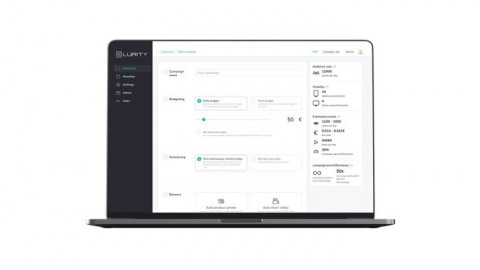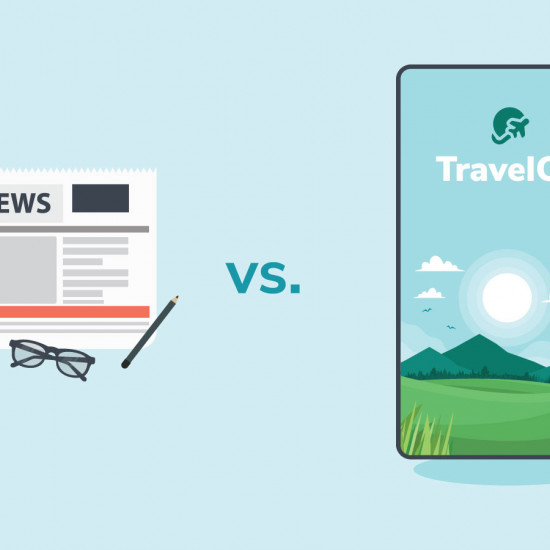
Digitization is present in every sector and advertising is no exception. Competition in the form of digital screens is growing in all print media. By digital screens we mean LED or LCD displays on which we can display multiple ads, play videos or even edit them during the campaign.
Of course, this type of advertising (like any other) has its drawbacks. In the case of digital screens, we are mainly talking about a price that is higher than in print advertising. Many marketers therefore wonder if it is worth it. Why invest in a digital screen when a billboard meets your marketing needs and is a cheaper option? Let's take a look at why the digital screen is a more effective way of advertising.
Static versus moving frames
The biggest difference between print and digital media lies in statics versus image dynamics. The advantage of digital screens is rooted in biology - over the hundreds of thousands of years, human eyes (like most animal eyes) have evolved to detect motion.
The argument for dynamic advertising is based on our physiology rather than psychology: a study by the Washington School of Medicine found that there is a "nerve circuit in the retina at the back of the eye that carries signals that allow the eye to detect movement" ( Kerschensteiner, 2015). That's why our eye can detect movement even at high speeds, or so to speak "from the corner of the eye".
Digital screens therefore have great potential to attract passers-by, and not just because of the dynamics of the image. Lurity screens are capable of personalization - after "reviewing" and evaluating age and gender, they trigger an advertisement for a selected target group, thus increasing the chances of intervention and subsequent sale of a service or product.
Ability to edit ongoing campaigns
Digital screens also have another great competitive advantage - they are able to edit information in real time. You can regulate information about your product or its price during the campaign according to demand or the market situation without having to produce a new creative.
Editing a campaign is very simple, you log in to the interface via a web browser and set up everything you need according to your requirements with a few clicks. The modifications are then approved and updated - at no additional cost.

Better engagement
The effectiveness of digital screens was also examined in a 2012 study of Swedish drivers, which found that most of them spend more time looking at digital screens than looking at printed billboards.
However, the study also said that this was not enough to get drivers' attention and therefore digital screens did not pose a traffic hazard. Researchers have also found that up to 55% of drivers are able to remember an advertisement or recall a spot after seeing it on a digital screen.
Corporate image and brand awareness
The potential of digital screens is really considerable - large digital screens can connect your brand with local culture. The lifespan of digital screens exceeds the lifespan of print media - unlike their "traditional" competition, they do not fade over time, they are not harmed by sun, dust, weather conditions - the image on them will still be colorful, bright and eye-catching, regardless of whether they are just in place a few minutes, or up to a few years.
The culmination of several different technologies
Digital screens began to appear en masse ten years ago, when the technologies associated with them were still in their infancy (S & DG Mag, 2009). Since then, we've seen tremendous technological advances in areas such as AI, facial recognition, advanced audience targeting, and more.
Nowadays, the proliferation and expansion of several cutting-edge technologies has pushed digital screens into the future of advertising. For example, consider Uber. If you invented a similar service in the 1990s, it would be useless, as GPS technology was not available (military only) and the design of mobile applications was in its infancy.
The situation is the same with digital screens - in the past, this idea would not have been possible. Today, we have equipped our digital screens with advanced sensors (digital cameras combined with software that specializes in face recognition), combined them with improved weather channels, and generally combined them with many other technologies to provide a platform that is definitely more efficient than previous ones. digital screens, not to mention classic print ads.
Summary:
Digital screens are the future of advertising, as they offer the benefits of both digital and real marketing, while avoiding people's resistance and numbness to regular advertising. We at Lurity recognize this trend and offer one of the most technologically advanced digital advertising platforms on the market.
Back to blog